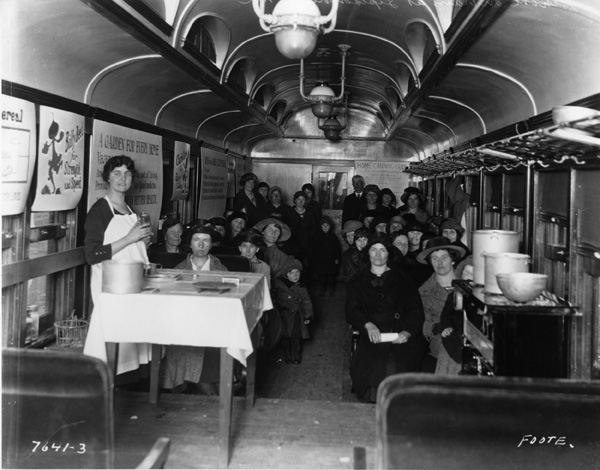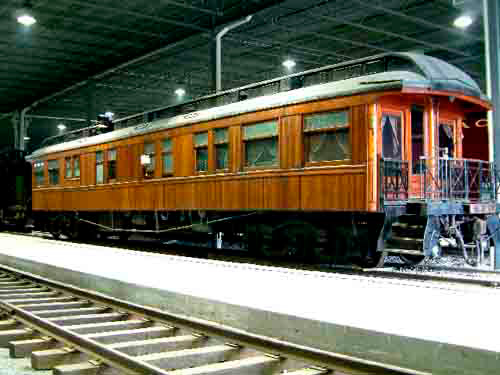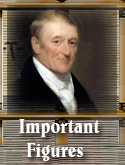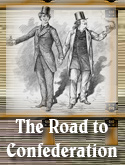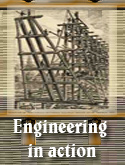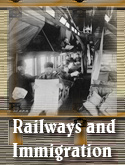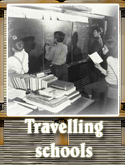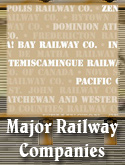Travelling schools
We know that trains deliver consumer goods and transport passengers. Who would have guessed that they also provided education to children in remote communities? In fact, children of all origins (aboriginals, Canadians and immigrants) attended school in railway cars operated by Canadian National and Canadian Pacific.
In Ontario and the Prairies, school cars were used from 1928 right up until 1967, and in Newfoundland from 1936 to 1942.
The schoolhouseSchool-age children living in isolated communities were able to receive a quality education thanks to these travelling schools and the highly motivated teachers who staffed them. The students were children of railway workers, trappers and hunters.
The school car would be pulled by a locomotive onto a siding where it remained for about eight to ten days. During this time, all the school-age children in town would be taught by a teacher aboard the car. The teacher and his or her family lived in the school car, which, in addition to the classroom, also housed a private apartment with all the amenities: kitchenette, bedroom, living room and bathroom.
When the teaching stop was over, a locomotive came for the school car and hauled it to the next town. After four to six weeks, the circuit would be complete and the school car would start again at the first town.
The curriculum was the same as for that province’s regular schools: reading, grammar, arithmetic, history and geography were just some of the subjects taught.
A school car is on display for anyone to visit at Exporail, the Canadian Railway Museum.
William Wright, a school car teacher, wrote many letters between 1928 and 1964. The following excerpts describe his first impressions of the facilities:
« [...] I must tell you about the school car. I think that if you had been with me this morning, you would have been amazed, for it is truly impressive. In my bedroom, there is a closet for hanging clothes and another to store school books. The bed is marvellous [...].»
« [...] In the kitchen, there is a stove, a white table, a cupboard to hold the plates so they will not be broken, a cupboard with ice for storing food and an elegant sink. There are pots, frying pans, a stew pot, a teapot, a coffee percolator, as well as pie plates, an egg beater, a rolling pin, a breadboard, a flour bin, cleaning brushes, a pail, a mop, a wash tub, a basin, clothespins and a carpet sweeper. There is a rug in my bedroom. »
« The classroom looks like the one in the photo. There are 12 desks, six pull-down maps, a globe, rulers, a first-aid cabinet, two blackboards, two chairs, two bookcases containing many books, ink, fountain pens and pencils, erasers, scribblers and paper for the teacher. »
« The car is heated by radiators fed by a water heater in a separate compartment. Today, many people stopped by to see me and to visit the school car. It was quite amusing. »
The school car: a gathering place for adults
In the interests of serving the whole community, the school car also offered an adult education program. When evening came, parents could gather in the car and participate in a variety of activities (reading books from the library, playing bingo or listening to music) and take classes, all of this organized by school car teachers.
Other travelling services
Prior to the 1970s, a wide range of cars offering various services travelled the country. School cars were primarily intended to educate children, but other specially equipped cars were used to teach new farmers the skills they needed.
There were also hospital cars, postal cars to sort and deliver mail, and company cars that were veritable travelling offices.











